I think I have mentioned before that I recently bought a little charcoal smoker. I’ve been using it a fair amount and have had a lot of luck with it. I’ve smoked chicken, ribs, and a few other things which have all came out delicious. Today though, we are going to talk about Beef Jerky. Why? Well, because I happen to love beef jerky and I made some yesterday on the smoker so I thought it would be an excellent opportunity to talk about it. Before we get too deep into this, though, I think we should talk a little bit about what beef jerky is and where it comes from.
What is beef jerky?
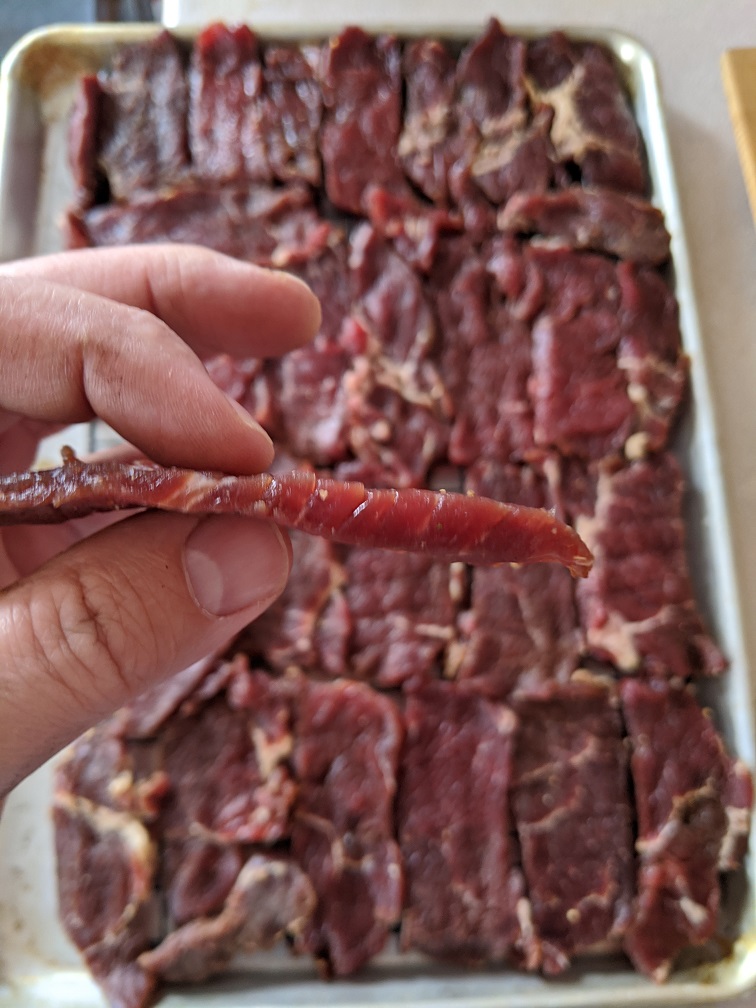
Beef Jerk is thin strips of dried beef. When most of us think about beef jerky, if we think about it at all, it’s as a gas station snack and nothing more. It is something we grab on a long road trip when we are between towns, and there is nothing else to eat. In some ways, that is what beef jerky has always been, and in some other ways, it is so much more.
The beef jerky that we most often encounter today is strips of thinly sliced, marinated, and dried beef. The beef is marinated because otherwise, it would just be dried beef and wouldn’t taste like much. There is a second purpose for the marinade as well. The salt in the marinade prevents bacterial growth during the slow drying time. However, the meat could just as easily be salted, rather than marinated. There is nothing wrong with this jerky; in fact, I’m a fan of it. Really, until recently, I’d never considered that there was an alternative. But then when I got the smoker, I started doing some research into the history of smoked foods, and I came across jerky, real jerky, and I was intrigued.
Where does Beef Jerky come from?
Jerky, which would initially be made of bison or venison, comes from Native Americans. It is a technique developed to preserve meat over long periods of time. Imagine that you were a Native American a few hundred years ago, and you and your tribe just killed a bison. That’s almost 500lbs of meat, which is way more than you and your tribe can eat before the meat spoils. So, they would take some of the bison meat, cut it into thin strips, and smoke it until it was dried. This would allow the meat to last for much longer than it would if it were just raw. This technique of smoke drying meat was quickly adopted by the Europeans when they arrived in North America.
One of the benefits of this original jerky is that it could be used as a travel food much like it is today. If you were going to head out on a long journey, a few pieces of jerky in your satchel would be great. This jerky may be eaten as it is, or possibly, as the later Europeans did, rehydrated and used to make soups or stews.
My Beef Jerky
The beef jerky I made yesterday is the second batch of jerky I’ve made in the smoker. For the first batch, I wanted to recreate the original style of jerky as best I could, so I kept it very simple. I sliced the meat nice and thin, seasoned it lightly with salt and pepper, garlic and onion powder, and then smoked it with hickory until it was dry. In all honesty, despite my temperature being a little too high on the smoker and some of the pieces getting a little crispy, that was the best beef jerky I had ever had. It had so much more flavour than I expected. We ate all of it in about a week.
For the jerky I made yesterday, I wanted to try a more modern style, so I decided to follow a recipe. The recipe I used is from the Culinary Institue of America’s Garde Manger Cookbook. For those of you who are unfamiliar with the CIA, it is one of the most prestigious culinary schools in America. Former students include Anthony Bourdain, Michael Smith, Cat Cora, and Michael Ruhlman, to name a few. I have a few of their cookbooks (which are their actual textbooks), and they are some of my most prized possessions. The jerky was…not as good as the other stuff I made.
The first recipe I made was all about letting the natural flavour of the smoke shine through and do the heavy lifting. There were minimal seasonings and the seasoning that was there complimented the smoke flavour rather than being the focus. This first batch was all about simplicity. The second batch made with the CIA recipe wasn’t any of those things.
The CIA Recipe
I’m not going to give the full recipe because you don’t need it and honestly probably don’t want it. But I will provide you with the main bullet points.
The first step in the CIA beef jerky recipe, after the beef is sliced, is to make a cure with salt, brown sugar, and seasonings. It was a lot of salt, but the jerky is only supposed to cure for about three hours, so I figured it would be okay. After three hours of curing in the salt mixture, the jerky gets rinsed very well, patted dry, then dipped in a mixture of equal parts soy sauce, and Worcestershire sauce. I used tamari and fish sauce to keep it gluten-free. The jerky is then left to dry on a rack, uncovered in the fridge overnight. At this point, I strayed from the recipe a little. They call for the jerk to be dried in a 200°f oven for about two hours, then finished for the last hour in a smoker. I just went the full three hours in the smoker at about 200°f. The recipe has a few different steps, but it really isn’t that complicated.
Tasting the jerky
Once the jerky was ready, I gave it a taste and holy cow was it salty! I could hardly taste the smoke or anything else other than salt, which was very disappointing. All the spices that went into the cure seemed like a pretty big waste. I’ve gone over the recipe a few times now to make sure I did everything right, and I can’t see any mistakes. The only thing I can think is that I didn’t rinse it enough, but I submerged each piece of beef in water and scrubbed all the salt off with my hands.
Now, I have a bunch of jerk that is way too salty to eat, and I don’t want to waste it. So, I think I will soak it in a few changes of water over a day, then use it to make some soup. Hopefully, I will be able to salvage it in this way.
My future with jerky
Most jery made in the more modern style isn’t nearly as salty as the batch I made. However, even with that, I think I will stick with the old style when I make jerky in the future. There is no comparison when it comes to flavour.
To make beef jerky in the old style as I did, I sliced about 2 lbs of inside round skinny, seasoned it with about 1 tbsp of kosher salt, 1 tsp black pepper, and 1/2 tsp each onion powder and garlic powder. I mixed this all very well, making sure all the pieces of beef were covered. Then I spread them out on the rack of my smoker and smoked them with Hickory on 200°f until it was all dry. Then let it cool, put it in an airtight container and keep it in the fridge for up to three weeks.
Thank you for reading the post. If you liked it, remember to share it on Facebook, Pinterest, or Twitter by clicking the icon to the left of the right of the page. Did you know that Chefsnotes.com has almost 400 posts just like this one? Imagine all the great tips, tricks, and recipes you’ve missed. Don’t miss any more! Subscribe to Chef’s Notes by putting your email address in the subscription box at the top right of the sidebar. You will be notified of every new post. And if you would like to know more about me, click the link below to read my story.


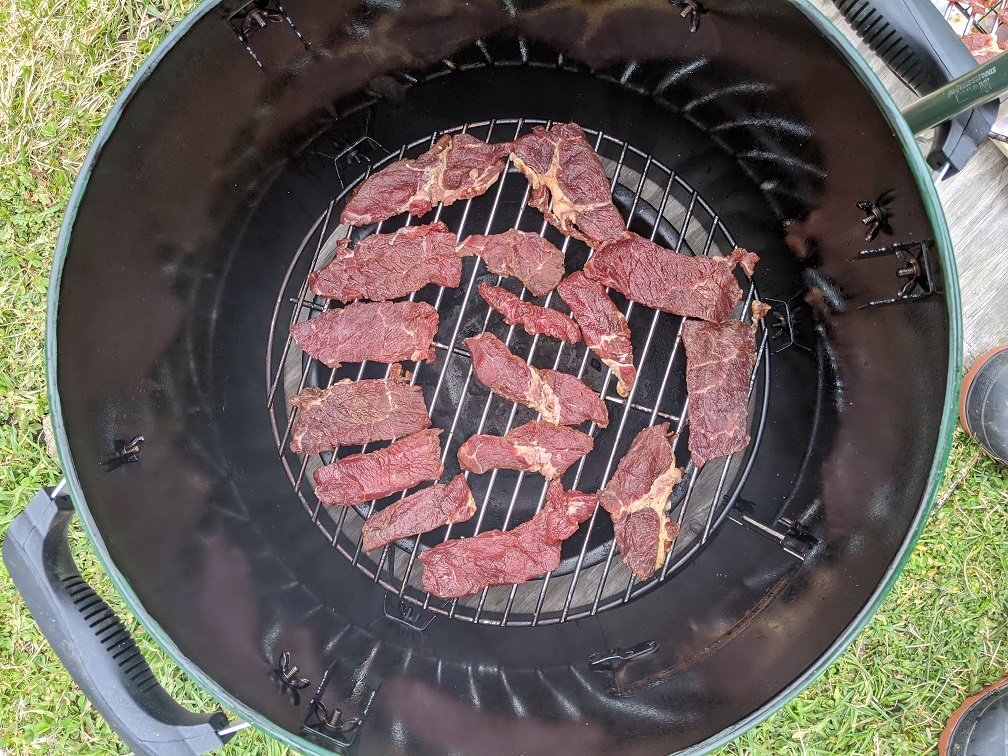
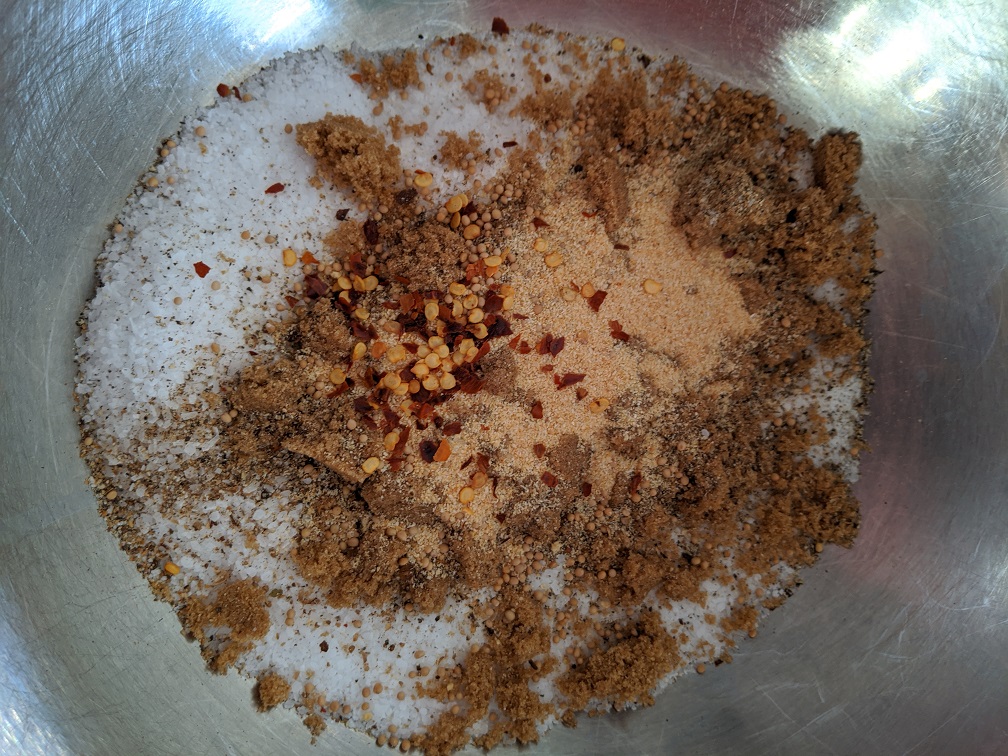
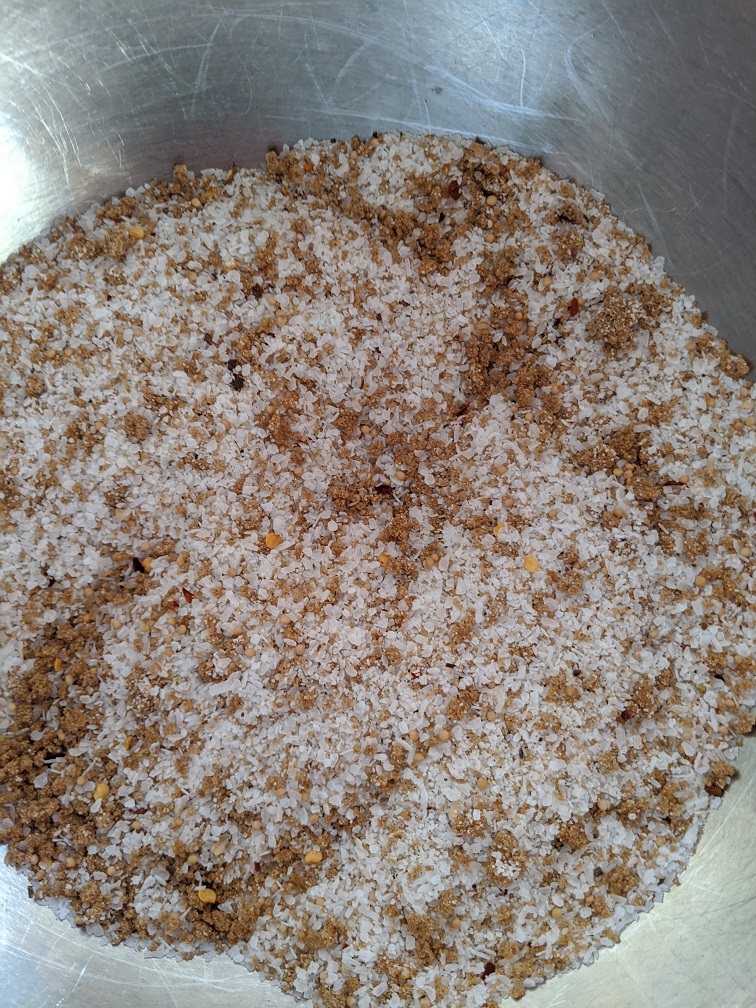
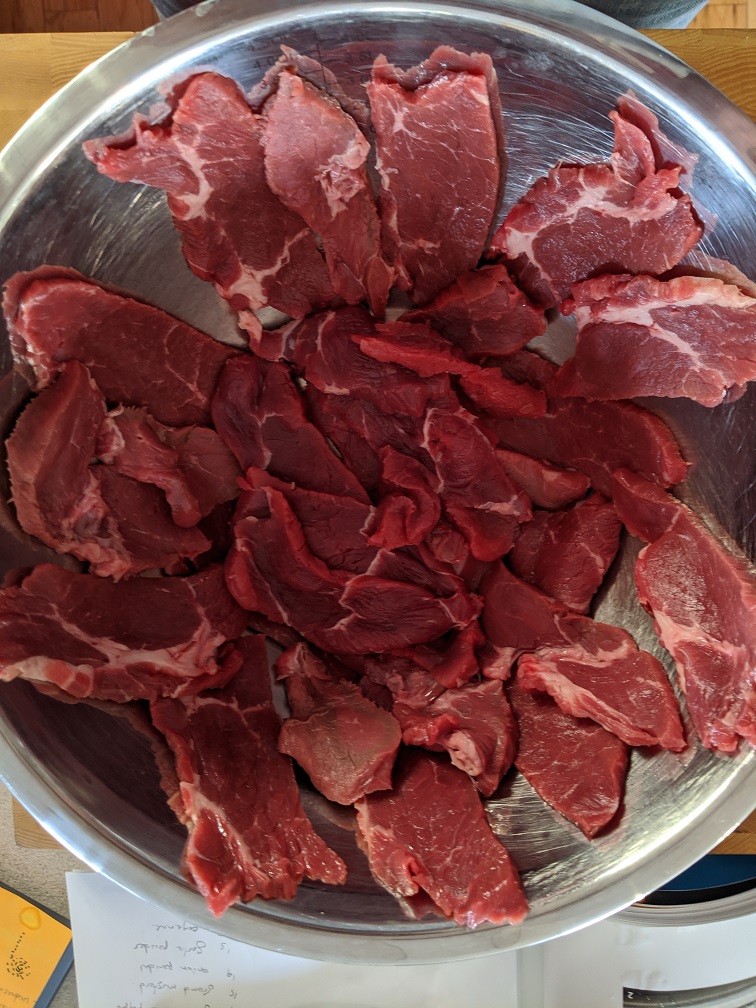
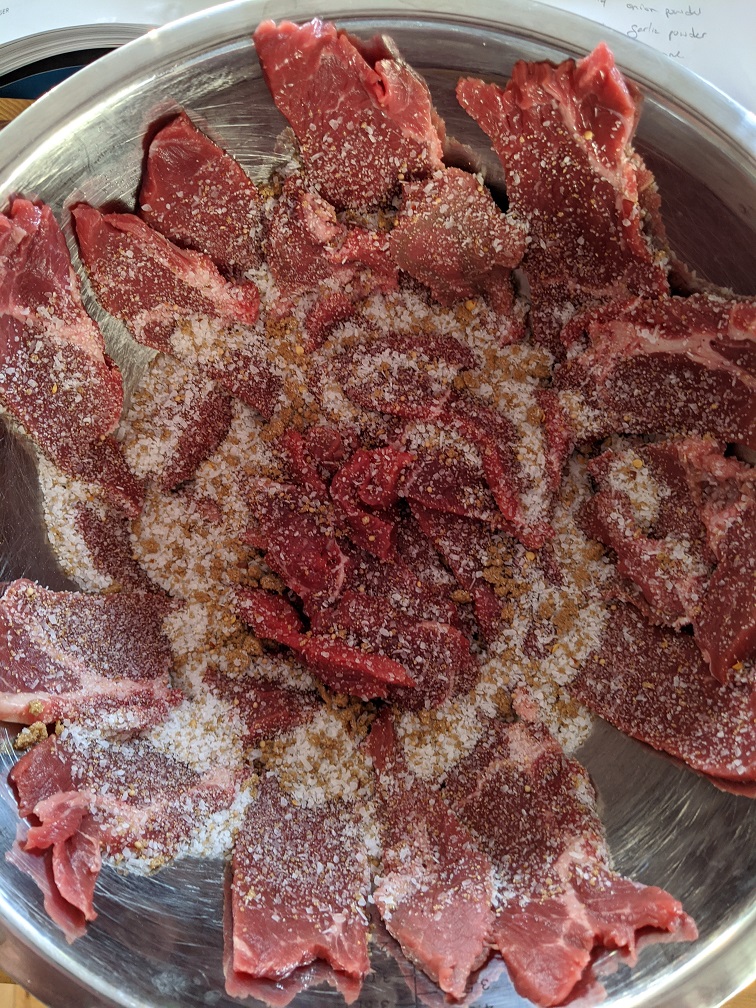
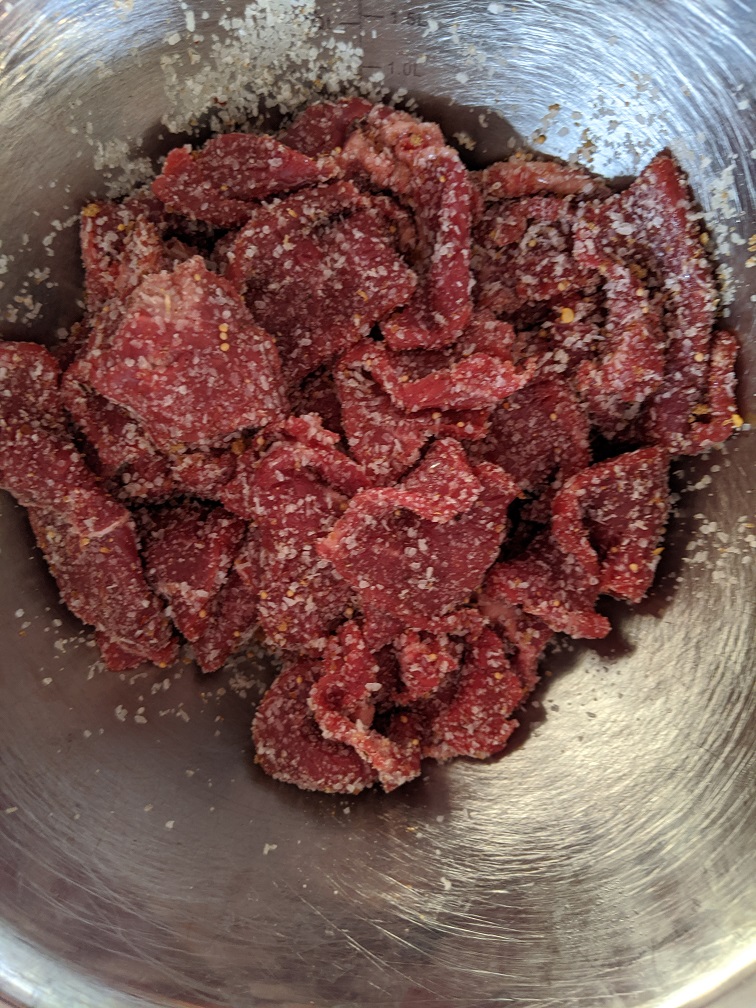
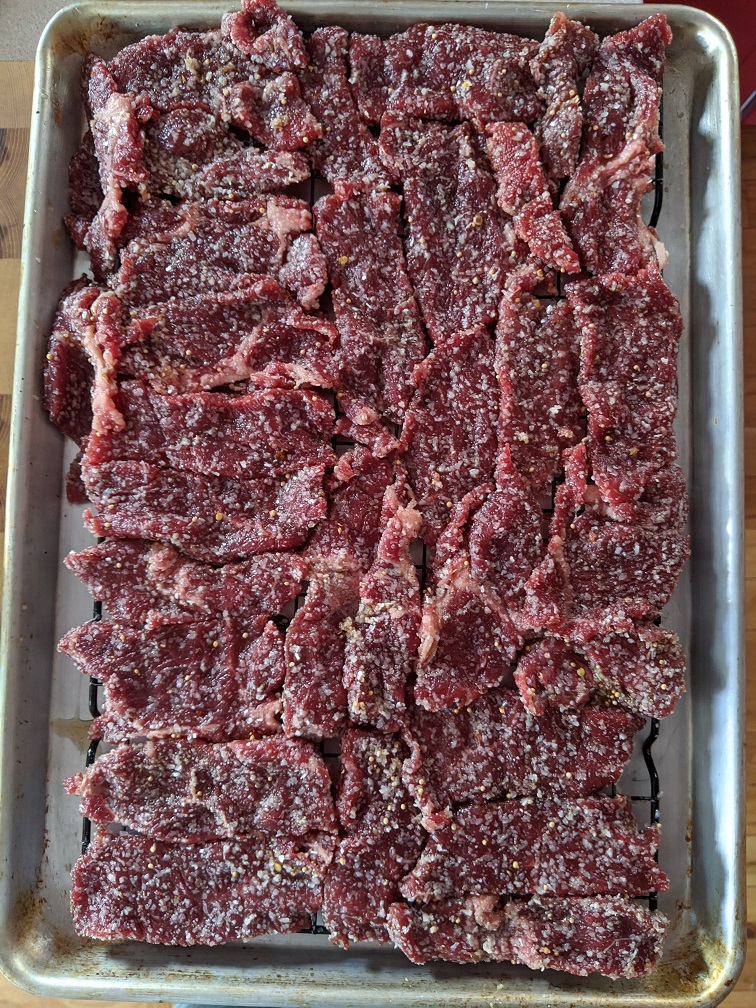
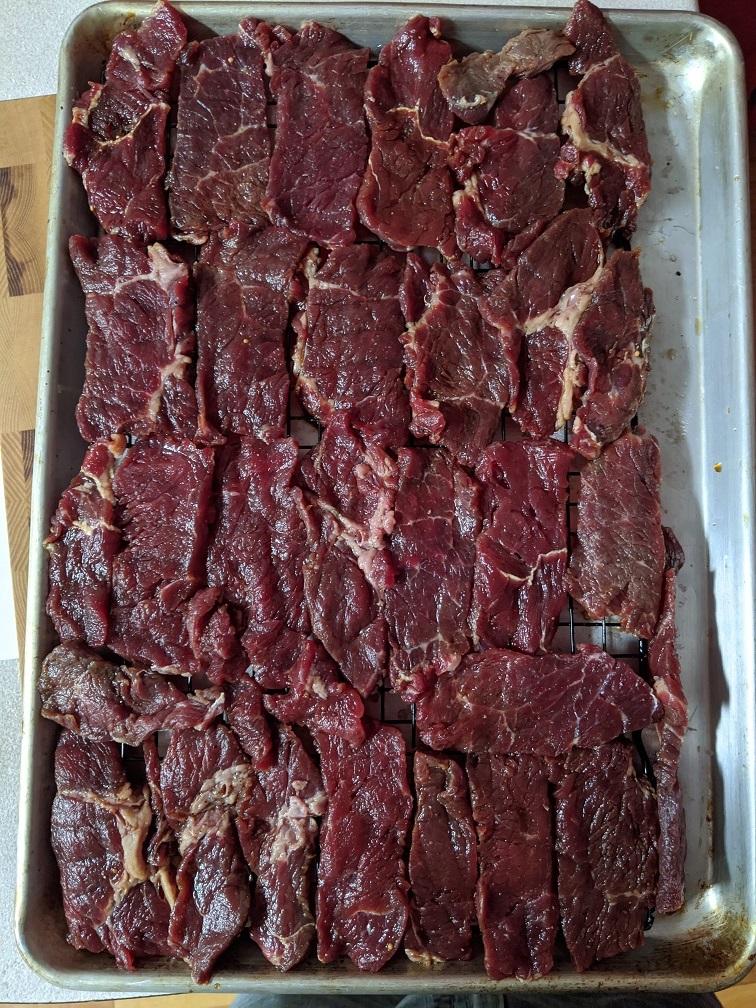
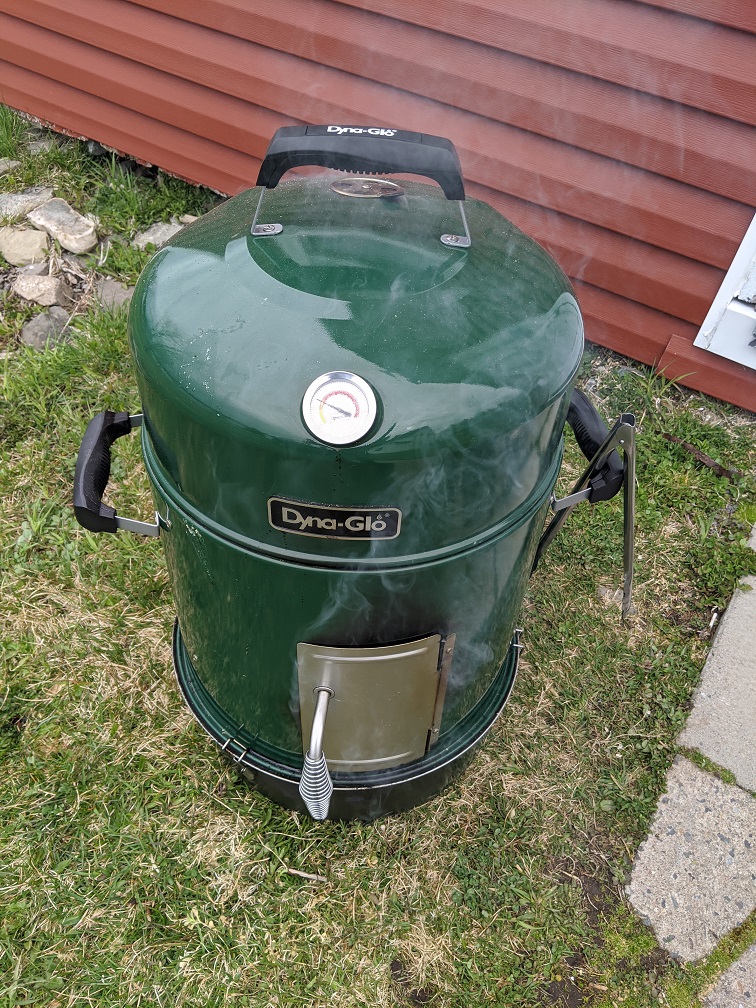
0 Comments